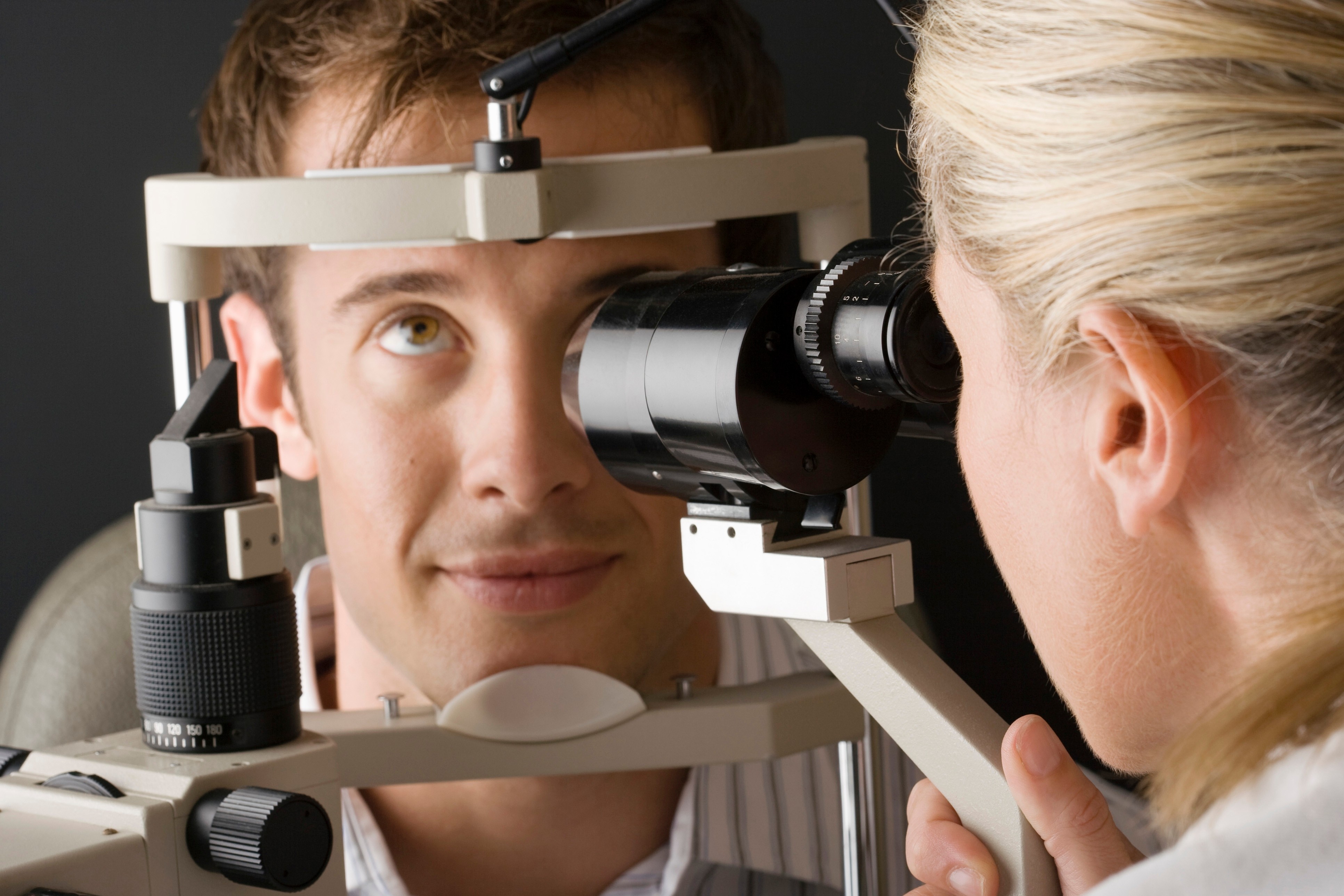Millions of drivers over the age of 45 could be risking losing their driving licence and potentially their vision, by not taking an eye test every 1-2 years as recommended by the International Glaucoma Association (IGA). According to a new survey of 1,000 over 45s, commissioned by the IGA, 25% of Northern Irish surveyed said they had not had an eye test in the last five years, compared to the national average of 14% who haven’t had an eye test in the last five years. The survey also showed a marked difference between men and women nationally, as 21% of men said they hadn’t had an eye test in the last two years, compared with 16% of women.
The IGA commissioned the survey for National Glaucoma Awareness Week (8th-14th June 2015). This year’s campaign, ‘Can You See to Drive?’, encourages people to have regular eye health checks to ensure that they are safe to drive. It is only with regular eye health checks through a local optometrist (optician) that people will know if their driving vision is affected. This is particularly important with glaucoma as it has no symptoms in the early stages, but, with early detection and continued treatment people will often retain useful sight for life and will be safe to drive for many years. In fact 33% of Northern Irish did not know what glaucoma is, compared with the national average of 16% who don’t have any knowledge of the condition. Also, only 17% of Northern Irish surveyed correctly knew there are no early symptoms of glaucoma.
There are an estimated 600,000 people with glaucoma in the UK, but 300,000 are undiagnosed. Advanced glaucoma leads to serious loss of sight. As there are no early symptoms of the condition, it is vital people over the age of 40 have regular eye health checks every one or two years.
The IGA survey suggests that lack of time and money could be preventing people from having eye tests, as when asked for reasons for not having an eye test, 46% of Northern Irish surveyed worry about the cost, 17% said they don’t think they need a test and 12% said it takes too much time. Nationally, men are more likely than women to think they don’t need an eye test: 17% compared with 7%.
People with glaucoma that has caused damage to vision in both eyes are required by law to report their condition to the DVLA. If they fail to do so they can face a criminal conviction, a fine up to £1000 and may be uninsured to drive. The IGA is concerned that its survey showed 16% of Northern Irish surveyed wouldn’t report glaucoma to the DVLA if advised by a health professional, either because they think it would stop them from driving, or because they don’t think they need to, compared with the national average of 5% who wouldn’t report the condition.
Nationally, men are much more likely than women to withhold information from the DVLA: 10% and 3% respectively.
No less worrying was the fact that nationally, 6% of men surveyed said they have had, or nearly had, a car accident owing to their own, or someone else’s poor sight, compared with just 2% of women who said this.
Russell Young, CEO of the International Glaucoma Association comments, “The majority of us wouldn’t take our cars on the road without an annual service and MOT yet, we are happy to put ourselves behind the wheel without knowing if we can see safely to drive. A visit to the optometrist will quickly check our vision safety and detect if there is any risk of glaucoma. Without regular checks the condition can go unnoticed, causing serious sight loss and the possible loss of a driving licence.”
“Around 10 per cent of the calls we receive to our helpline (01233 64 8 178) are from people worried about whether their glaucoma is going to affect their ability to drive. Yet the majority of those that report to the DVLA will not need further tests, and of those that do, the majority will be found safe to drive”, Young concludes.
Glaucoma – What You Need to Know
- Glaucoma is the name given to a group of eye conditions in which the main nerve to the eye (the optic nerve) is damaged where it leaves the eye. This nerve carries information about what is being seen from the eye to the brain and as it becomes damaged vision is lost.
- Glaucoma is more common in people over the age of 40. There is at least a four times increased risk of developing glaucoma if you have a close blood relative with the condition (father, mother, brother, sister, or child).
- There are no early symptoms of glaucoma
- Symptoms of advanced glaucoma include missing, patchy vision and even serious loss of vision
- Regular eye health checks (every two years, or every 1-2 years for over 40s) will detect conditions such as glaucoma, which is important given there are no early symptoms
- With regular treatment for glaucoma, vision and driving licences can be protected
- Most people with glaucoma will be safe to drive for many years, but it important to alert the DVLA to the condition if advised by an ophthalmologist.
- The majority of people (nine out of 10) who report glaucoma to the DVLA will be passed as safe to drive (DVLA 2013*)
- The IGA has a leaflet on glaucoma and driving, which is approved by the DVLA, which can be accessed by visiting www.glaucoma-association.com or via Sightline by calling 01233 648170
Stay Up To Date With The Latest News
Be informed about our exclusive sales and top deals.
